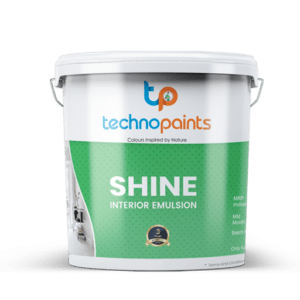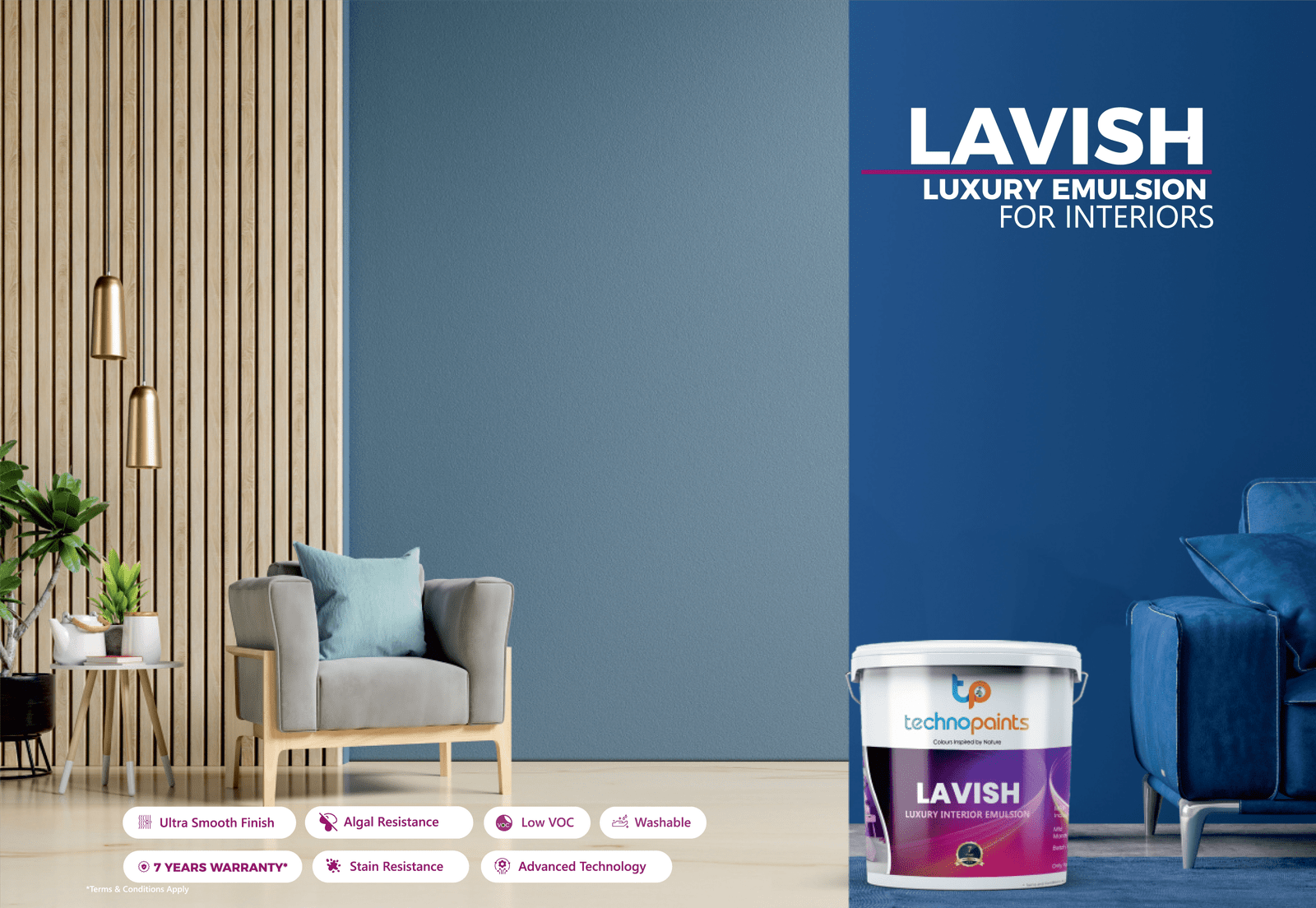




Lavish Luxury Interior Emulsion
Introducing our Lavish Luxury Emulsion, a masterpiece of innovation and elegance. Achieve an Ultra Smooth Finish with this advanced technology, delivering unparalleled beauty to your walls. Benefit from Algal Resistance and low VOC content for a healthier living environment. Its Washable and Stain Resistance properties ensure effortless maintenance, preserving the stunning look for years to come. Elevate your space with the pinnacle of sophistication and functionality.

Classic Premium Emulsion
Experience timeless elegance with our Classic Premium Emulsion, designed to enrich your walls with a luxurious Matt Finish. This low VOC formula ensures a healthier atmosphere for your home. Enjoy the convenience of High Washability, making cleaning a breeze while maintaining the pristine look. Additionally, its powerful Fungal and Stain Resistance properties safeguard your walls, providing enduring beauty for generations to come. Transform your space with a touch of sophistication and durability.

Shine Interior Emulsion
Introducing our Shine Interior Emulsion, a premium choice for a lustrous and radiant finish. Enjoy flawlessly Smooth Finishes that bring a touch of elegance to your interiors. This product boasts High Durability, ensuring long-lasting beauty even in high-traffic areas. With its Economical nature and High Coverage, achieve stunning results without compromising on quality, making it the perfect choice for any interior painting project. Elevate your space with a lasting shine that stands the test of time.















Frequently Asked Questions
Emulsions are a type of paint that consists of small particles suspended in water to form a smooth, uniform, and easily spreadable mixture. They are often used for interior walls and ceilings and are available in a variety of finishes including matte, eggshell, satin and high gloss.
The main difference between emulsion paints is in their composition and properties:
Distemper colour: Distemper paint is a traditional water-based paint made from chalk, lime, pigments and glues. It has a matte finish and is often used for interior walls and ceilings. Distemper is less durable and washable compared to emulsion paint. It is suitable for dry areas with low humidity.
Emulsion paint: Emulsion paint is a modern water-based paint that uses acrylic or vinyl polymers as a binder. It is available in a variety of finishes including matte, eggshell, satin and high gloss. Emulsion paint is more durable, washable and resistant to moisture and stains. It is suitable for indoor and outdoor use and is often used on walls, ceilings and woodwork. In summary, distemper paint is an older, less durable and less washable option that is mainly used for interior surfaces, while emulsion paint is a more versatile, durable and washable paint that is suitable for indoor and outdoor use.
Differences between emulsion and enamel paints, helping customers choose the right type for their project.
- Emulsion paint: Water-based, fast drying, ideal for walls and ceilings, matte or glossy surface.
- Enamel paint: Oil- or water-based, slower drying, durable and glossy, suitable for wooden and metal surfaces.

